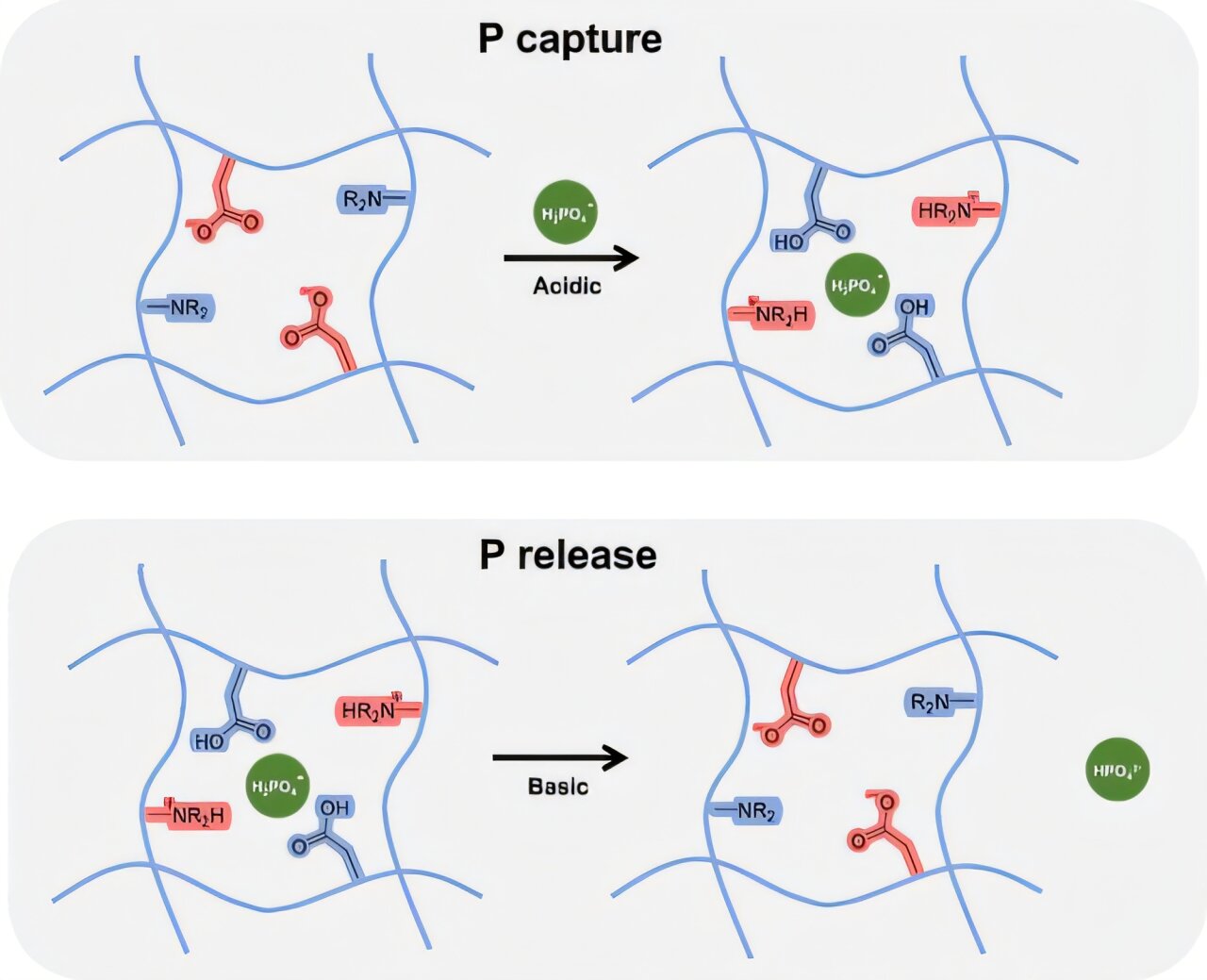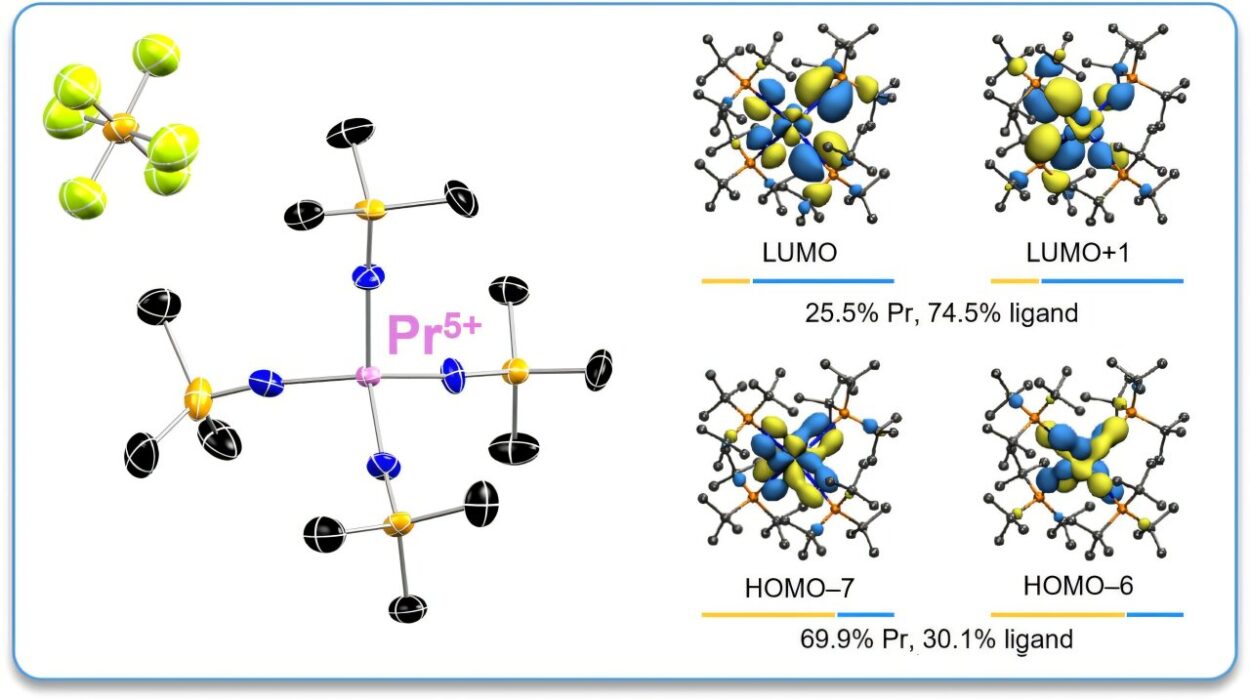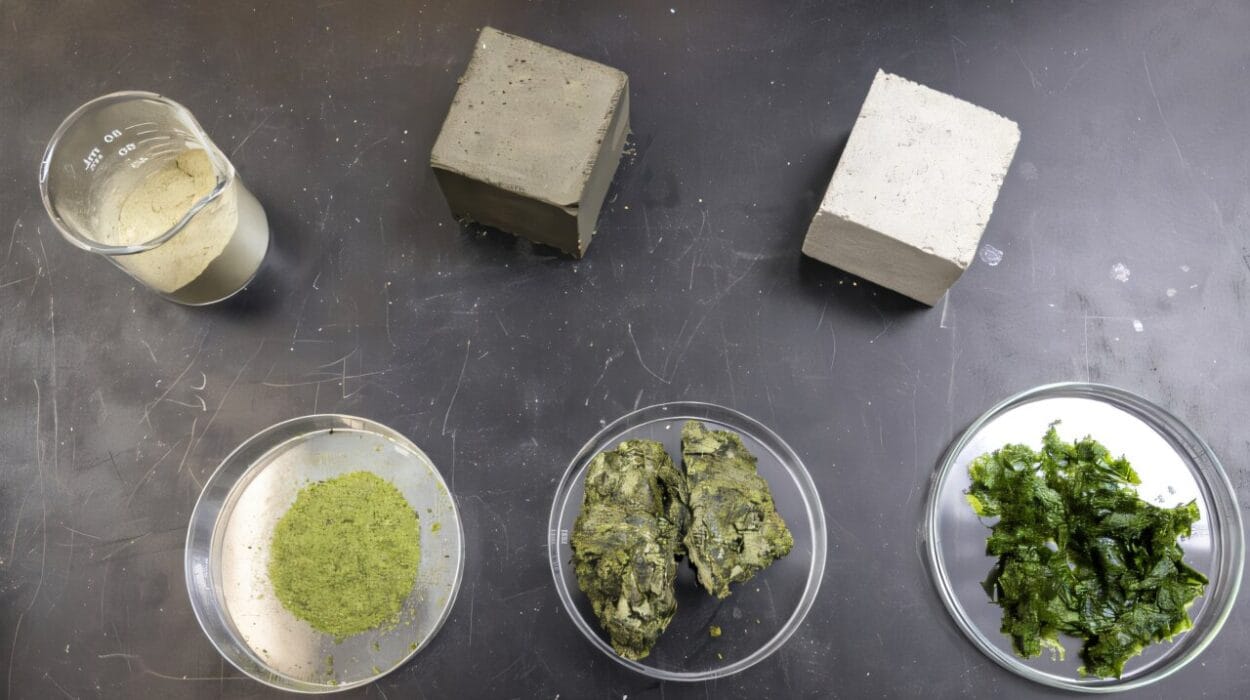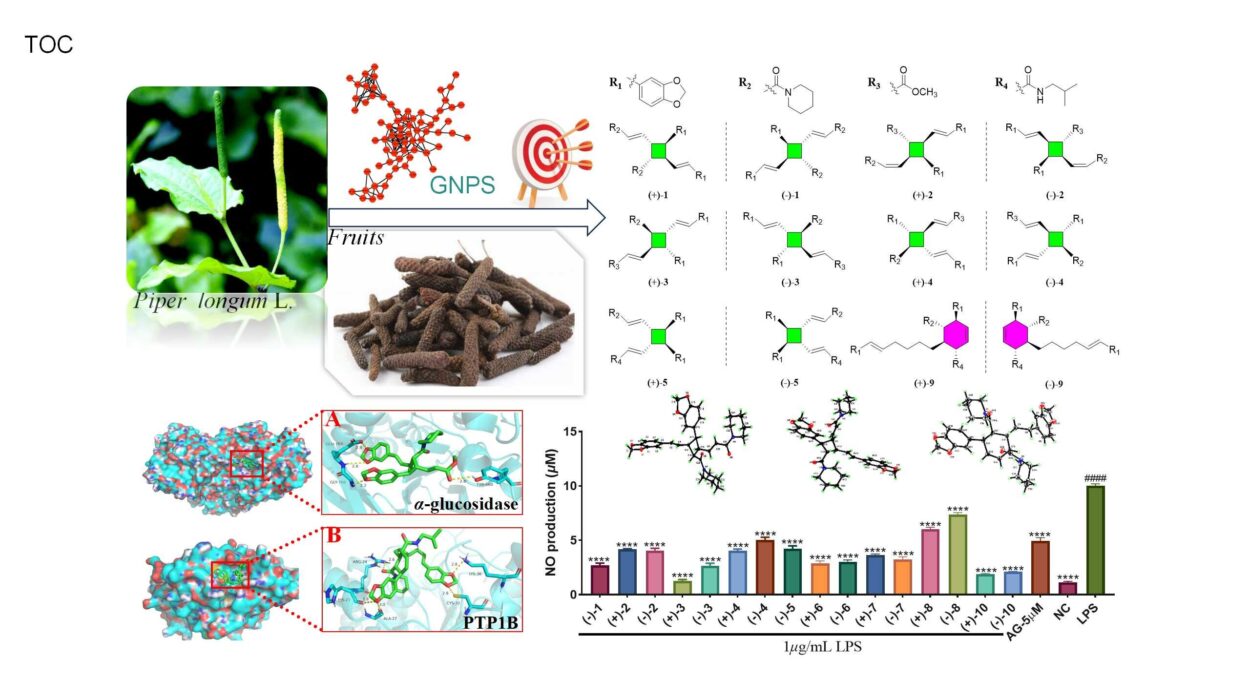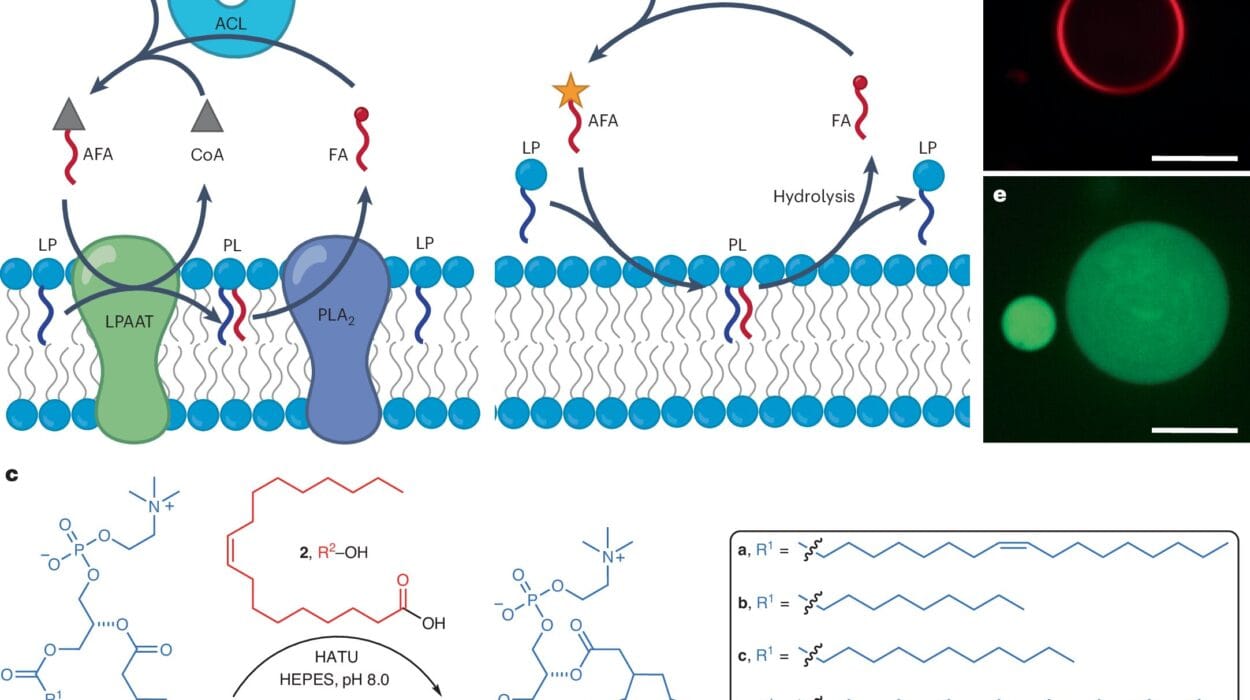In a world where agricultural fertilizers are vital and water pollution is ever-growing, scientists have unveiled a quietly revolutionary material—a simple, reusable gel that can pull phosphorus from contaminated water, cleanly and cheaply, and then give it back for reuse. The implications stretch from polluted rivers to farmlands in need of sustainable solutions.
The innovation comes from researchers at North Carolina State University, who have developed a hydrogel that can efficiently trap phosphorus from water—whether it’s agricultural runoff, drinking water supplies, or industrial waste—and then release it again, without the environmental downsides of current methods.
“This is a significant step toward closing the loop on phosphorus,” said Jan Genzer, co-corresponding author of the study and Distinguished Professor of Chemical and Biomolecular Engineering at NC State. “We’ve known for decades that phosphorus runoff is a serious problem—but recovering it in an affordable, environmentally safe way has remained out of reach.”
Until now.
The Element That Feeds the World—and Pollutes It
Phosphorus is an essential nutrient. Every ear of corn, stalk of wheat, and bushel of soybeans owes its life to this element. It’s a key ingredient in fertilizers that feed the planet. But the source of most of that phosphorus—mining—is finite, expensive, and environmentally risky. What’s more, once it enters rivers and lakes as runoff, it becomes a major pollutant, driving explosive algae blooms and choking off aquatic life in so-called “dead zones.”
These twin problems—limited phosphorus supply and dangerous phosphorus pollution—have long seemed contradictory. But what if you could filter phosphorus out of wastewater and reuse it?
That’s exactly what the new hydrogel is designed to do.
How the Gel Works: A Soft Solution to a Hard Problem
The researchers created the hydrogel by blending two inexpensive and readily available polymers: polyethyleneimine (PEI) and poly(methyl vinyl ether-co-maleic anhydride) (PMVEMA). The result is a soft, sponge-like material that water can flow through easily while its molecular structure captures phosphorus molecules along the way.
The genius lies in its simplicity. Unlike existing methods that require harsh acids or bases to extract phosphorus once it’s been captured—a process that brings its own environmental baggage—this hydrogel releases its phosphorus cargo with nothing more than mild bases at room temperature.
“Our goal was to create something that works under practical conditions,” said Genzer. “This isn’t a lab-only solution. It’s viable for the real world.”
In lab tests, the hydrogel removed over 90% of the phosphorus from contaminated water. Then it gave up to 99% of that phosphorus back for reuse. And it did all of this without breaking down or losing efficiency. Even after three uses, the gel could still reclaim 97.5% of the phosphorus.
A Cost Revolution
The environmental impact is impressive. But so is the price tag.
“Current materials used for phosphorus filtration can cost anywhere from $20 to $300 per pound of phosphorus removed,” Genzer explained. “Our material costs $23 per pound if used only once—but because it’s reusable, that cost drops rapidly. Use it twice, and you’re at $8. Use it 50 times, and you’re looking at less than 50 cents per pound.”
That kind of cost-effectiveness could reshape the economics of water treatment, especially for municipal wastewater facilities, farms, and developing regions where both water purity and fertilizer access are critical.
And unlike phosphorus mining, which involves energy-intensive excavation and refining, this process allows the phosphorus already circulating in our environment to be recycled and returned—essentially treating waste as a resource.
From Wastewater to Croplands
Beyond water purification, the recovered phosphorus can be reused in fertilizers or industrial applications, creating a circular system where nothing is wasted. The researchers have filed a provisional patent and are actively seeking partners to help bring the hydrogel into practical use.
“This isn’t just a new material—it’s a new way to think about phosphorus,” said Genzer. “It’s pollution and resource, all in one.”
And the applications don’t stop with water. The team’s next challenge is even more ambitious: developing a version of the hydrogel that can pull phosphorus directly from soil, where it often accumulates in forms that plants can’t use and where it contributes to long-term runoff problems.
“Contaminated soils present a more complex matrix,” Genzer noted. “But if we can crack that, we’ll have a truly comprehensive solution.”
The Scientists Behind the Breakthrough
The work is part of a collaborative effort across disciplines at NC State. The study’s first author, Jiangfeng Xu, is a Ph.D. student in chemical and biomolecular engineering. Co-corresponding author Kirill Efimenko is a research associate professor in the same department. Other co-authors include Christopher Gorman, professor of chemistry; Yaroslava Yingling, a materials science expert; and Lisa Castellano, a research associate—all from NC State.
Their paper, titled “Functional Hydrogels for Selective Phosphate Removal from Water and Release on Demand,” is published in the journal Langmuir.
A Cleaner Future, One Drop at a Time
Water flows, but so do ideas. And sometimes, the smallest tools—like a polymer gel you can hold in your hand—carry the biggest potential.
In a time when climate change, resource scarcity, and pollution are converging into an urgent global challenge, the promise of a reusable hydrogel that purifies water and recycles critical nutrients is more than just good science. It’s hope.
Hope that we can build smarter systems. Hope that we can protect both people and the planet. Hope that, with the right ideas, even pollution can become possibility.
And as this humble hydrogel shows, sometimes the future of sustainability is soft, squishy—and powerful beyond measure.
Reference: Jiangfeng Xu et al, Functional Hydrogels for Selective Phosphate Removal from Water and Release on Demand, Langmuir (2025). DOI: 10.1021/acs.langmuir.5c00679
